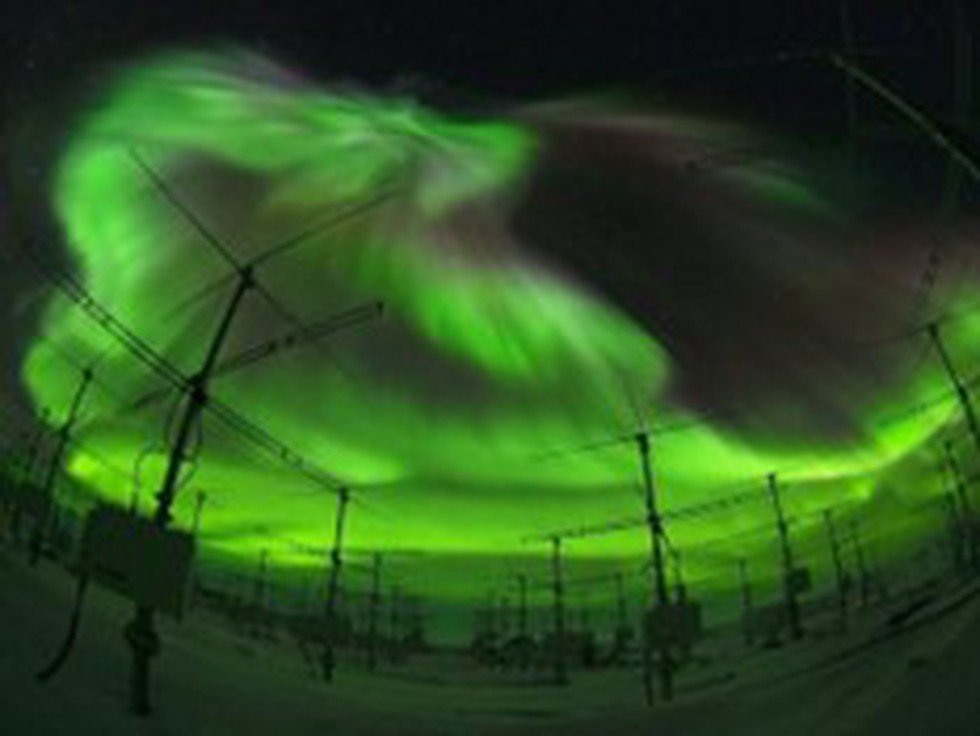Long thought to be governed by sunlight, the ionosphere above Antarctica shows surprising day-night patterns, regardless of 24-hour darkness in winter and endless daylight in summer. Scientists at the Indian Institute of Geomagnetism have unraveled this secret, offering valuable insights for improving satellite navigation and communication.
Using a decade of observations from the Bharati station, they discovered that peak ionospheric density, measured by the total electron count (TEC), occurs during equinoxes, followed by summer and winter. This contradicts the expected dominance of sunlight, hinting at other forces at play.
The key lies in two factors: particle precipitation and high-latitude plasma transport. These dynamic processes, independent of sunlight, inject charged particles into the ionosphere, creating peaks even during Antarctic nights. Summer, with its extended daylight, further amps up ionization, reaching double the density of winter nights.
This discovery is significant for several reasons. Firstly, it highlights the complex, non-linear relationship between sunlight and ionospheric behavior. Secondly, it emphasizes the unique influence of the polar region’s vertical magnetic field lines on ionospheric dynamics. Finally, it provides crucial data for developing better models to predict and mitigate ionospheric effects on critical satellite-based systems.
This research, published in the Journal of Polar Science, marks a step forward in understanding the intricacies of the Earth’s upper atmosphere and its impact on vital technologies. Future research will delve deeper into these mechanisms, paving the way for improved accuracy and reliability in our reliance on space-based communication and navigation.
By focusing on the key points and simplifying technical terms, this rewrite emphasizes the scientific discovery with broader appeal while maintaining the core information from the original news.
